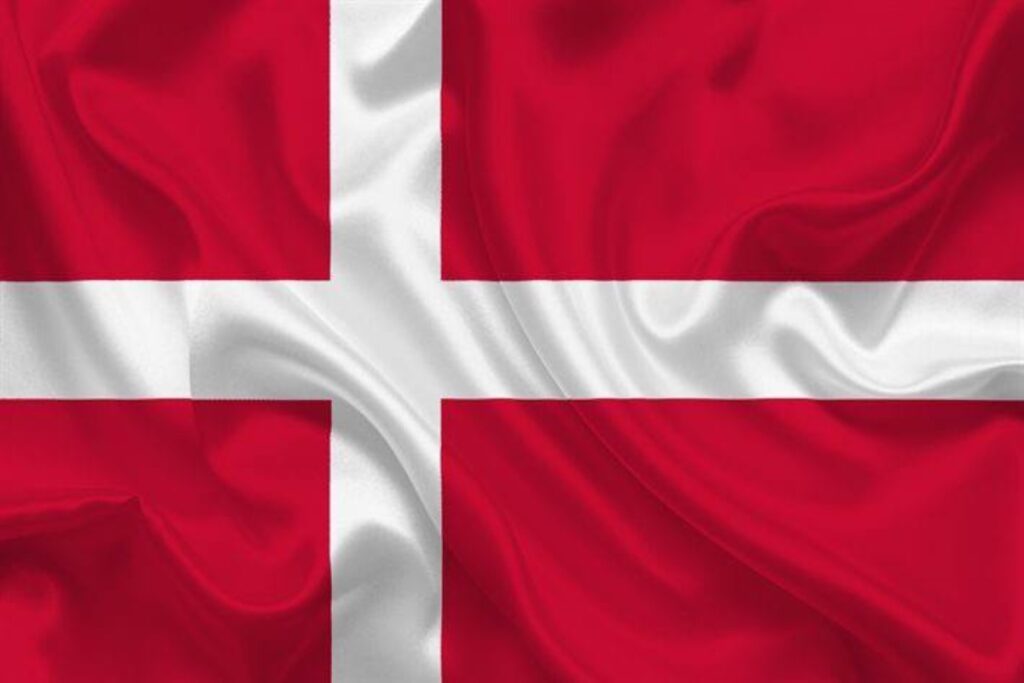The Danish government has suggested charging livestock producers a “flatulence tax”. This would be based on the emissions that their sheep, cows, and pigs make to cut greenhouse gas emissions.
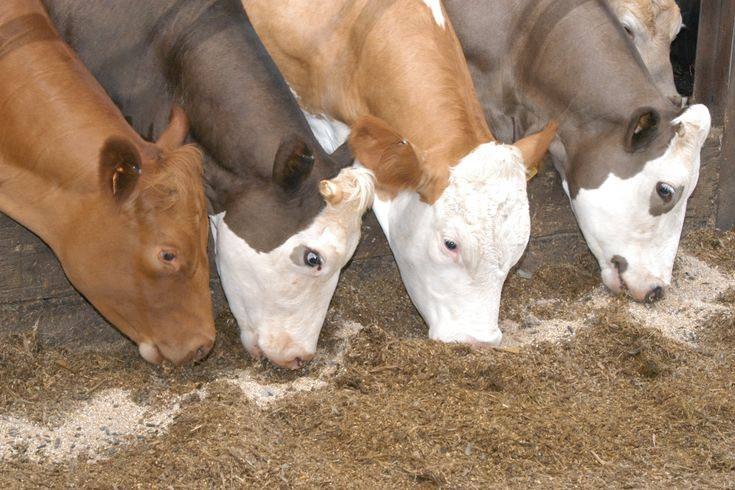
The government, unions, the agriculture sector, and farmer groups agreed on this idea. Also, the Danish national parliament is anticipated to approve it.
Carbon Tax on Livestock
Denmark is set to be the first country to apply a carbon tax to stinky Methane-producing Livestock as part of measures it adopted to reduce emissions of gasses causing Climate Change.
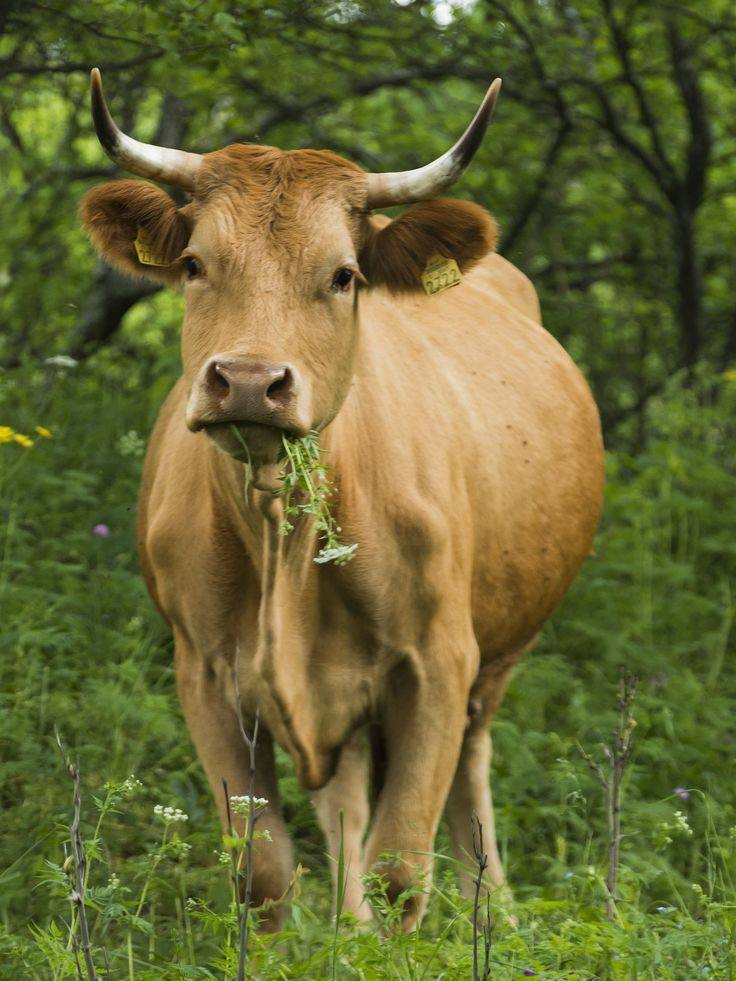
The new tax, proposed to be implemented in 2024, will affect dairy cows and other animals that emit methane, a type of greenhouse gas.
Agriculture Contributes Significantly to Emissions
Denmark’s greenhouse gas emissions are especially high in the agricultural sector. Livestock farming alone is responsible for 10% of the overall emissions.
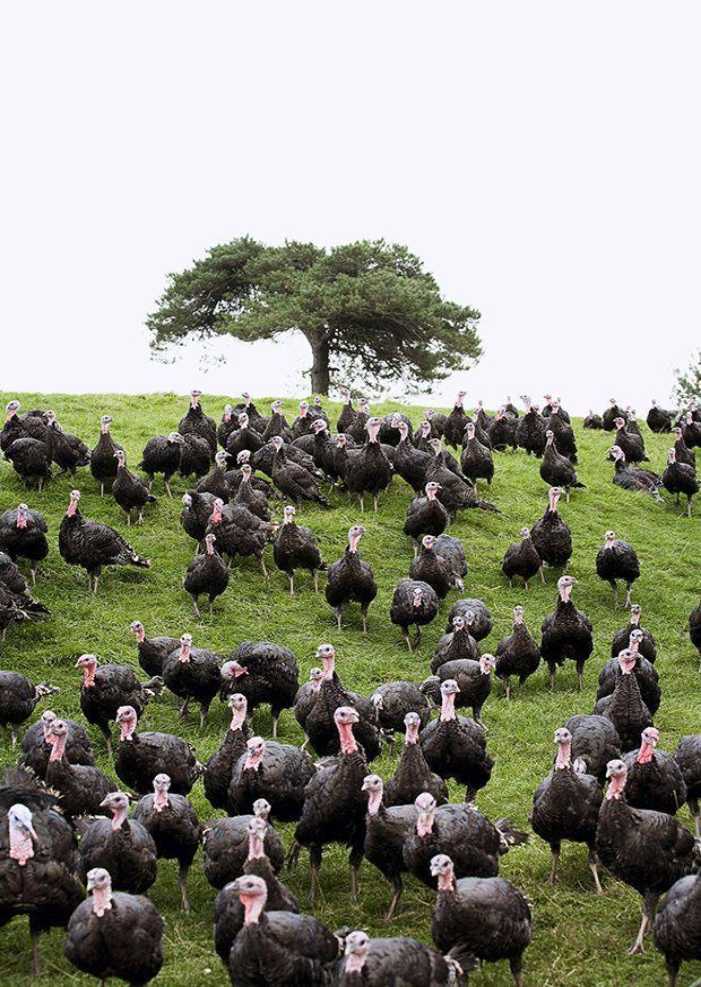
Methane, which is released through the digestion of food in the stomachs of animals such as cows and sheep, is one of the most powerful gases. Greenhouse gases are 28 times more powerful than carbon dioxide.
Goal of the Idea
The goal of the idea, according to Danish Tax Minister Jeppe Bruus, is to assist Denmark in achieving its goal of becoming carbon neutral by 2030 by assisting in a 70% reduction in emissions.
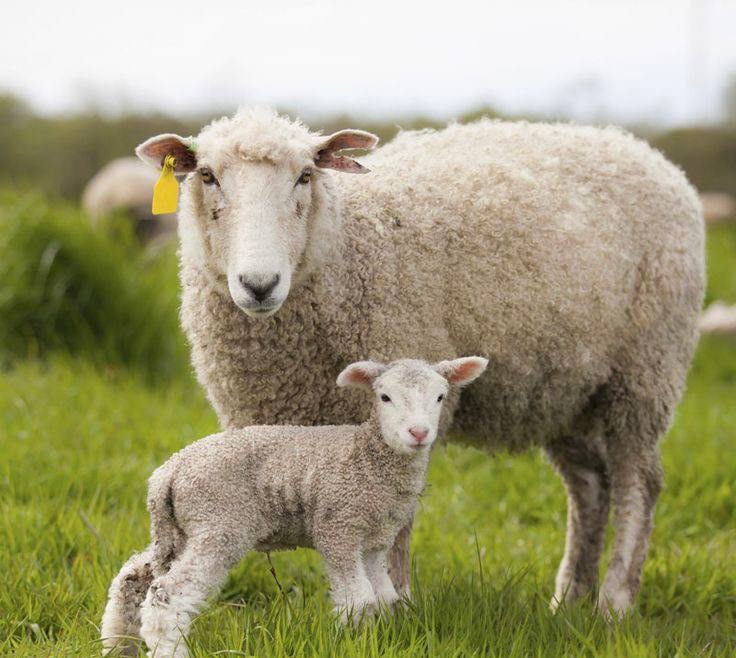
In 2045, Bruus said, “We will take a big step closer to becoming climate neutral.” “Denmark will be the first nation to impose a real carbon tax on agriculture worldwide.”
ALSO READ: Samuel Alito’s Absence From the Supreme Court Raises Eyebrows
Taxation as a Solution
The Danish government thinks that putting tariffs on gassy livestock will be one of the feasible solutions. Since growers and breeders will have no other choice than to use new techniques that do not release greenhouse gasses into the atmosphere.
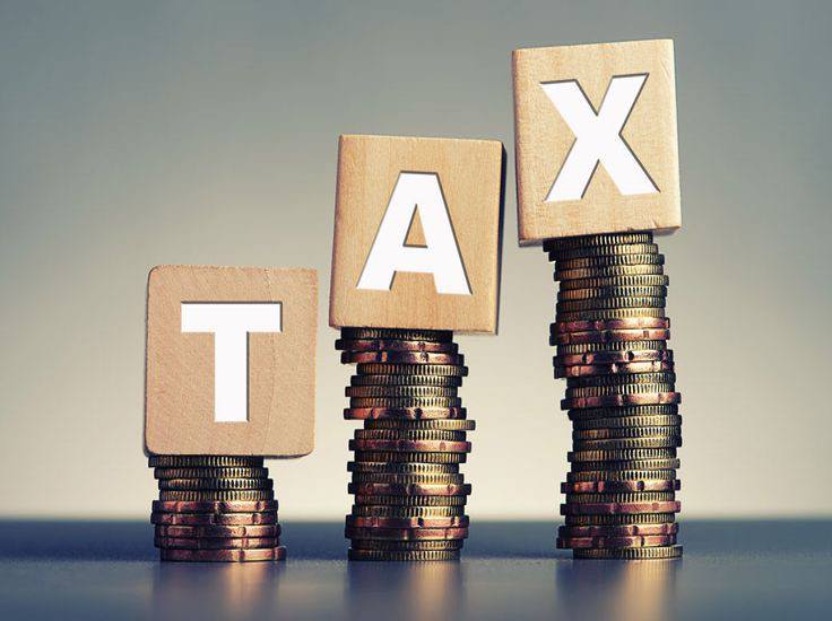
The taxation will be made by the volume of methane that a specific animal type emits. Where the rate will be set at roughly 10 kroner (USD 1.45) per kilogram of methane produced.
Historic Compromise
The largest environmental and conservation organization in Denmark, the Danish Society for Nature Conservation, referred to the new tax agreement as a “historic compromise.”

“We have succeeded in landing a compromise on a CO2 tax, which lays the groundwork for a restructured food industry. Also, on the other side of 2030,” said Maria Reumet Gjerding, head of the organization.
POLL—Should the Government Increase Taxes on the Wealthy To Reduce Economic Inequality?
Farmers Will Have Options
Hence, farmers will have several choices available to cut down their tax liabilities. They can decide to improve their feeding methods. For instance, they can minimize the use of grain in animal feed or opt for other types of feed like algae.

They can also start making deposits to acquire new technologies, which help capture and use methane from the manure. For instance in the creation of biogas plants.
Awaiting the Bill
The 179-seat Danish legislature must still pass the new tax law even though an agreement has been reached with the interested parties.

Nonetheless, the business community has endorsed the support, and the national assembly will probably vote it down.
Support for Farmers
Currently, the Danish government has vowed to assist the farmers who have been affected by the tax through funding. Also, courses that would enable the farmers to embrace better farming practices that do not attract taxation.
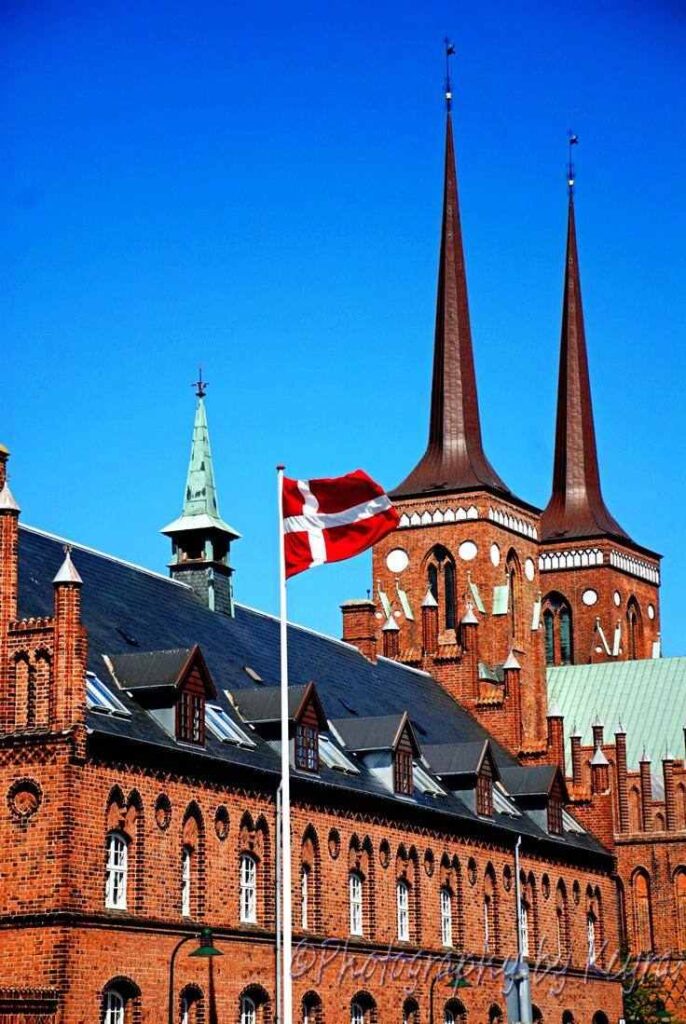
The government has also pledged to spend on research and development of new technologies that may assist the farmers in lowering their outputs.
Impact on Agriculture
This could have a massive impact on the agricultural world market if Denmark proceeds with its plan.
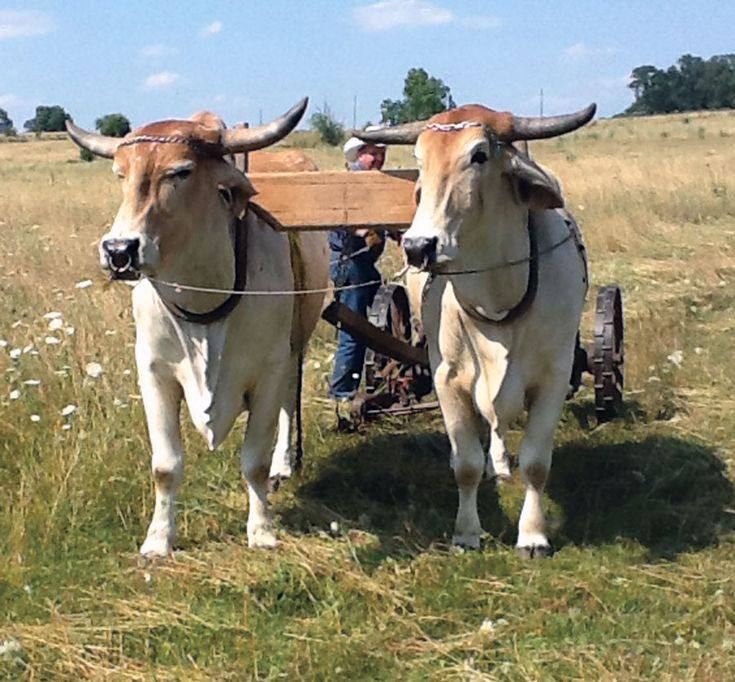
The aforementioned taxes on gassy livestock have the potential to be adopted. Also, it can applied by other countries thereby overall enhancing sustainable agriculture practices throughout the world.
WATCH: Researchers Find Potential $37 Billion Treasure on $2 Million Coal Mine
CO2 Equivalent
Climate activists and environmental conservationists like to simplify their plans by converting the many forms of greenhouse gases into a metric called “CO2 Equivalents.” This makes it easier to bundle policy ideas into a single “carbon tax.”
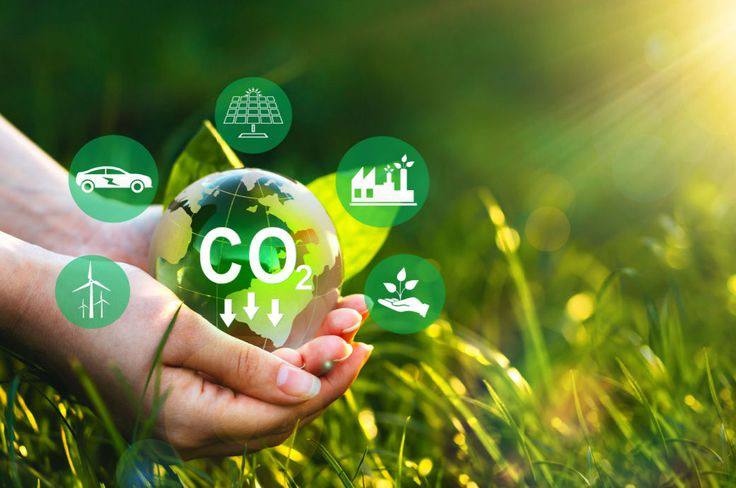
Different greenhouse gases, such as methane, nitrous oxide, and sulfur hexafluoride, are converted into “CO2 units” based on how much they warm the Earth over time, with CO2 serving as the baseline.
Reform Implementation
Farming associations in Denmark, where the reform is to be implemented, have not objected to the plan. They are fully ready to implement changes as necessary for a dynamically developing industry. They are also, changing concerns related to the environment.

However, some farmers have complained about the possible consequences of this regarding their income source. Also, they have asked for more government support.
Helpful Ideas for Farmers
Ideas that can assist the farmers in preparing for the tax include avoiding the use of grain in the feed and improving feed sources. They can also unlock new technologies that trap, capture, and use methane from the manure.
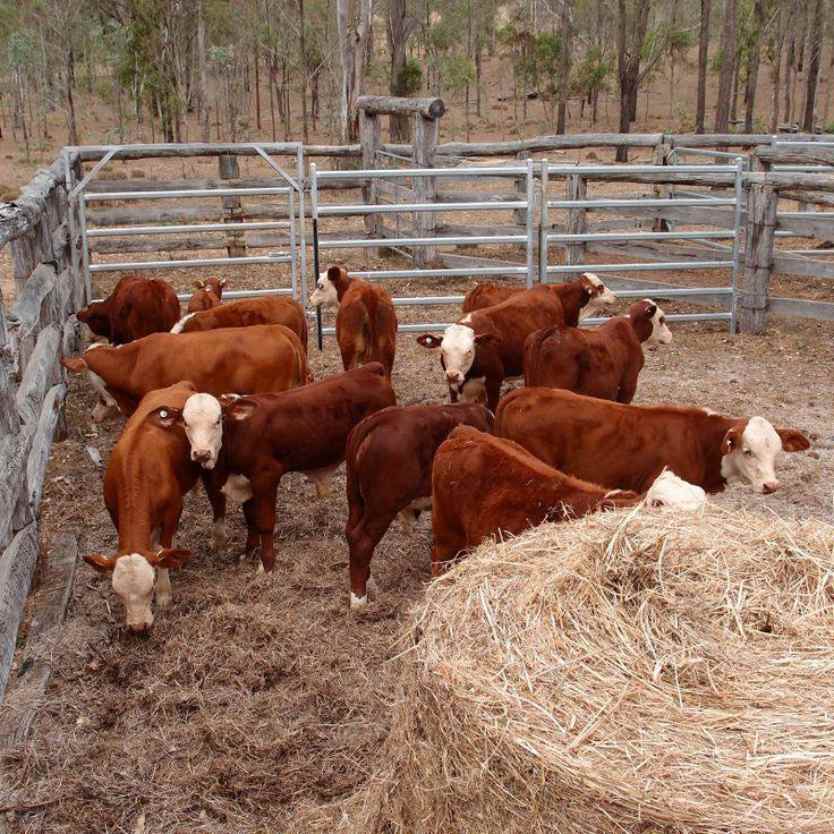
Still, the example of the Danish government is seen as a shift to a higher level, summed up with the words. “Actions speak louder than words.” It is urging other governments to emulate it by placing similar taxes on gassy livestock.
You Might Also Like:
Scientists Warn Against a Mount Everest-Sized “Planet Killer” Flying Past Earth
Samuel Alito’s Absence From the Supreme Court Raises Eyebrows
Fashion Nova Sparks Backlash With “Body Positive” Campaign
Jacksonville Sends Defiant Message to Ron DeSantis Amid Pride Celebrations
Man Who Claims to be a Time Traveler From 2030 Passes Lie Detector Test After Predicting Life Events

